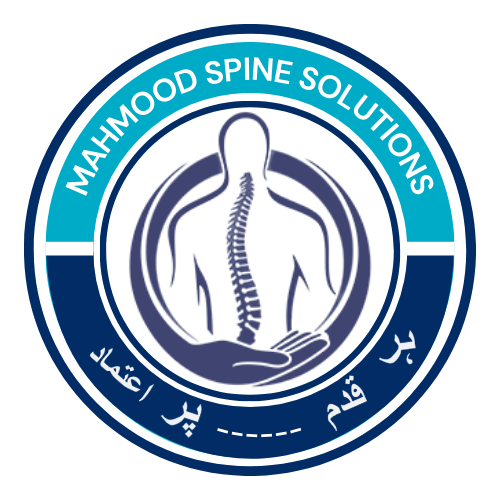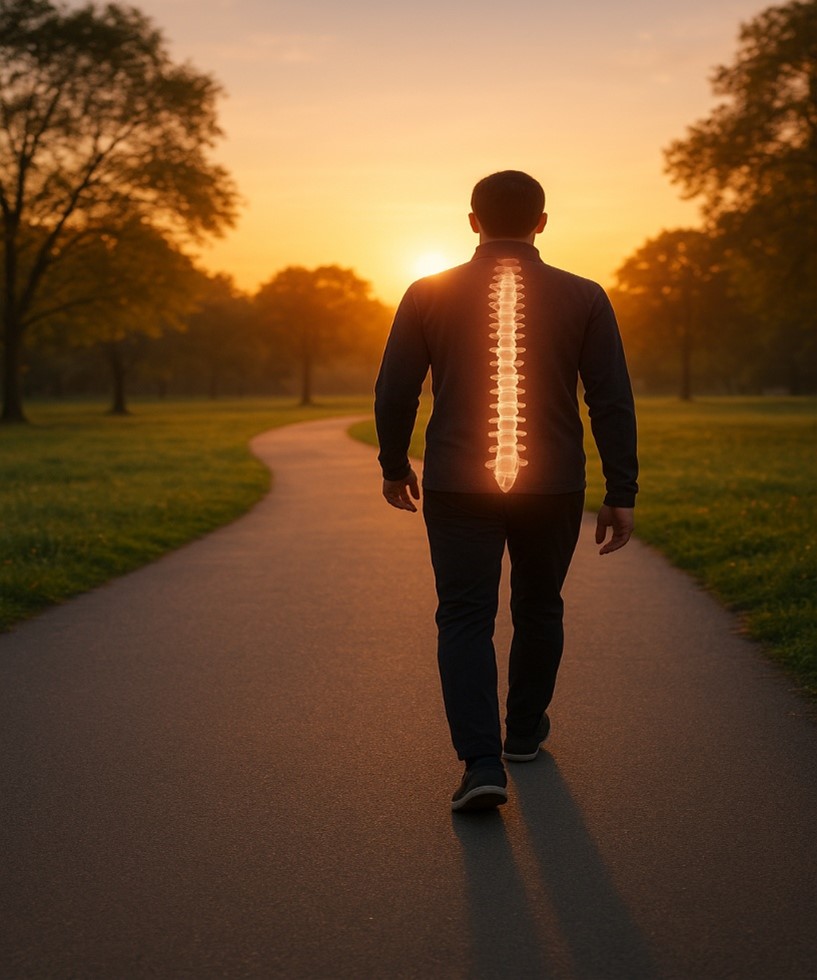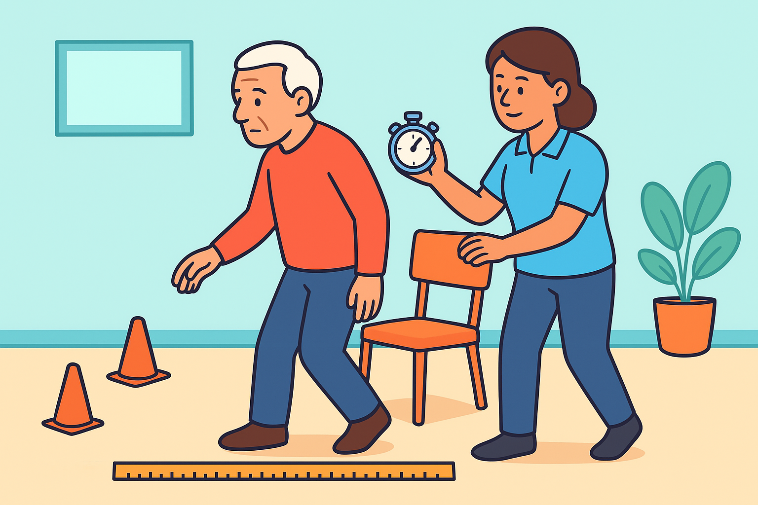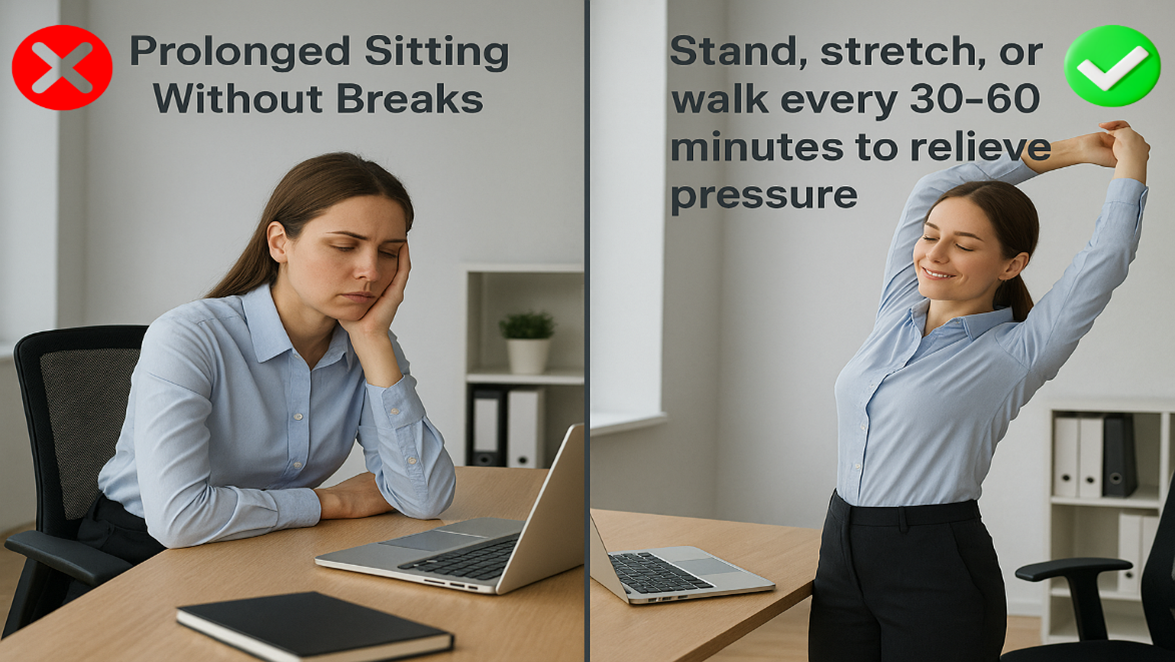Introduction The lumbar spine is a critical structure responsible for maintaining posture, facilitating movement, and bearing mechanical loads during daily activities. One frequently overlooked factor in spinal health is toileting posture. Two major types of toilets are used worldwide: traditional…
Many people think of sunlight as something that simply brightens the day — but for your spine, morning sunlight acts almost like a daily nutrient. The gentle rays that reach you in the early hours play a powerful role in…
Introduction The thoracic spine forms the structural foundation of the rib cage and plays a crucial role in respiratory mechanics. Although breathing is often viewed as an automatic function driven by the diaphragm, the mobility of the thoracic spine significantly…
Early diagnosis plays a vital role in determining the success of spinal surgery. Many spine-related conditions—such as herniated discs, spinal stenosis, scoliosis, and degenerative disc disease—progress gradually. When these issues are detected at an early stage, patients not only experience…
Chronic low back pain is one of the most common conditions encountered in physiotherapy practice. While exercise therapy, posture correction, and manual techniques remain the mainstay of treatment, lifestyle-related factors are increasingly recognized as important contributors to pain persistence and…
Back pain is one of the most common musculoskeletal problems worldwide, and people often look for simple, low-cost ways to relieve it. Among all options, walking stands out as one of the easiest forms of physical activity. But is walking…
Fibromyalgia: Causes, Clinical Presentation, Diagnostic Criteria, Symptoms, and Treatment Approaches
Introduction Fibromyalgia is a chronic pain syndrome marked by widespread musculoskeletal pain, fatigue, and tenderness in specific areas of the body. It is a complex disorder involving abnormalities in central pain processing, leading to an increased sensitivity to pain stimuli.…
Assessment Phase: Baseline Evaluation: Functional mobility tests: Timed Up & Go (TUG), Berg Balance Scale. Strength assessment (sit-to-stand test). Gait analysis (stride length, step symmetry). Identify Risks: Fall history, sensory deficits, medications affecting coordination. Warm-Up (5–10 minutes): Gentle…
Your spine works tirelessly every day to support your body, enable movement, and protect your nervous system. However, certain unconscious habits can gradually strain it, leading to discomfort, poor posture, and even chronic issues. Prolonged Sitting Without Breaks: Spending hours…
Introduction: Back pain is one of the most common health complaints worldwide, affecting people of all ages and professions. While treatment often provides relief, many individuals experience recurring discomfort even after completing therapy. Understanding why back pain returns is essential…










